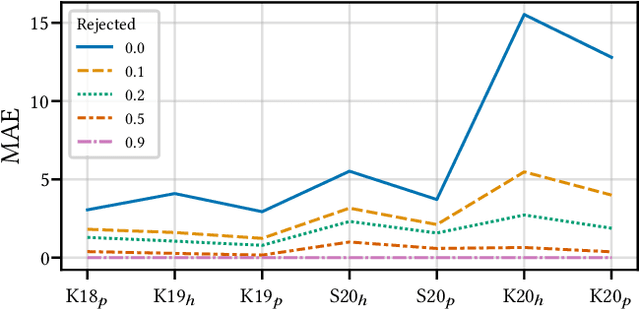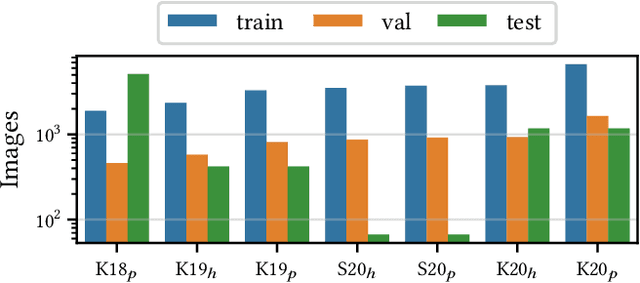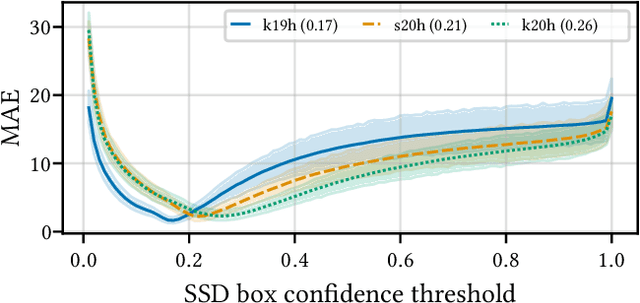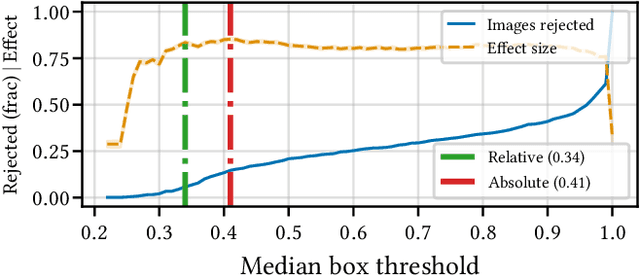Jerome White
NurtureNet: A Multi-task Video-based Approach for Newborn Anthropometry
May 09, 2024Abstract:Malnutrition among newborns is a top public health concern in developing countries. Identification and subsequent growth monitoring are key to successful interventions. However, this is challenging in rural communities where health systems tend to be inaccessible and under-equipped, with poor adherence to protocol. Our goal is to equip health workers and public health systems with a solution for contactless newborn anthropometry in the community. We propose NurtureNet, a multi-task model that fuses visual information (a video taken with a low-cost smartphone) with tabular inputs to regress multiple anthropometry estimates including weight, length, head circumference, and chest circumference. We show that visual proxy tasks of segmentation and keypoint prediction further improve performance. We establish the efficacy of the model through several experiments and achieve a relative error of 3.9% and mean absolute error of 114.3 g for weight estimation. Model compression to 15 MB also allows offline deployment to low-cost smartphones.
BOLLWM: A real-world dataset for bollworm pest monitoring from cotton fields in India
Apr 03, 2023Abstract:This paper presents a dataset of agricultural pest images captured over five years by thousands of small holder farmers and farming extension workers across India. The dataset has been used to support a mobile application that relies on artificial intelligence to assist farmers with pest management decisions. Creation came from a mix of organized data collection, and from mobile application usage that was less controlled. This makes the dataset unique within the pest detection community, exhibiting a number of characteristics that place it closer to other non-agricultural objected detection datasets. This not only makes the dataset applicable to future pest management applications, it opens the door for a wide variety of other research agendas.
A Case for Rejection in Low Resource ML Deployment
Aug 15, 2022



Abstract:Building reliable AI decision support systems requires a robust set of data on which to train models; both with respect to quantity and diversity. Obtaining such datasets can be difficult in resource limited settings, or for applications in early stages of deployment. Sample rejection is one way to work around this challenge, however much of the existing work in this area is ill-suited for such scenarios. This paper substantiates that position and proposes a simple solution as a proof of concept baseline.
Interpretability of Epidemiological Models : The Curse of Non-Identifiability
Apr 30, 2021



Abstract:Interpretability of epidemiological models is a key consideration, especially when these models are used in a public health setting. Interpretability is strongly linked to the identifiability of the underlying model parameters, i.e., the ability to estimate parameter values with high confidence given observations. In this paper, we define three separate notions of identifiability that explore the different roles played by the model definition, the loss function, the fitting methodology, and the quality and quantity of data. We define an epidemiological compartmental model framework in which we highlight these non-identifiability issues and their mitigation.
 Add to Chrome
Add to Chrome Add to Firefox
Add to Firefox Add to Edge
Add to Edge